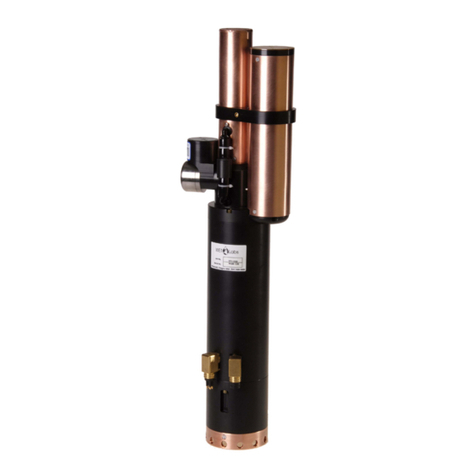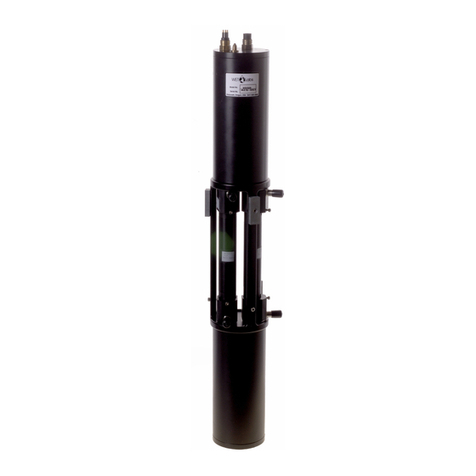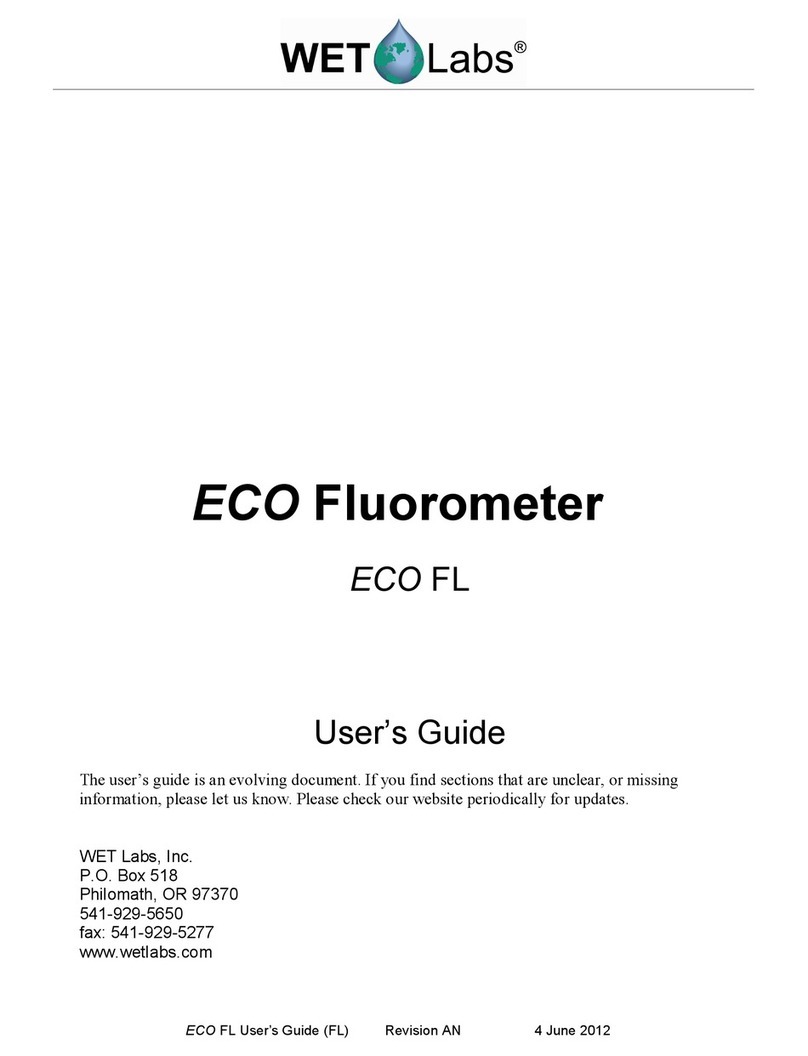
ECO VSF User’s Guide (VSF) Revision AN 14 Sept. 2011 i
Table of Contents
1. Specifications ................................................................................................................ 1
1.1 Connectors ........................................................................................................................ 2
1.2 Delivered Items .................................................................................................................. 3
1.3 Optional Equipment ........................................................................................................... 4
2. Theory of Operation ...................................................................................................... 6
3. Instrument Operation .................................................................................................... 7
3.1 Initial Checkout .................................................................................................................. 7
3.2 Operating the Sensor for Data Output ................................................................................ 7
3.3 Bio-wiper™ Operation ........................................................................................................ 8
3.4 Deployment ....................................................................................................................... 8
3.5 Upkeep and Maintenance .................................................................................................. 9
4. VSFB and VSFSB: Using Internal Batteries ................................................................. 12
4.1 Removing End Flange and Batteries .................................................................................. 12
4.2 Replacing End Flange and Batteries .................................................................................. 13
4.3 Checking Vent Plug, Changing O-Rings: ............................................................................ 14
5. Data Analysis ................................................................................................................. 15
5.1 Data Corrections ................................................................................................................ 15
5.2 Determining other Angle-Specific Coefficients .................................................................... 16
6. Testing and Calibration ................................................................................................. 17
6.1 Testing............................................................................................................................... 17
6.2 Calibration ......................................................................................................................... 17
7. General Terminal Communications ............................................................................. 20
7.1 Communication Settings ..................................................................................................... 20
7.2 ECO Command List and Data Format ................................................................................ 20
8. Device and Output Files ................................................................................................ 21
8.1 Plot Header........................................................................................................................ 21
8.2 Column Count Specification ............................................................................................... 21
8.3 Column Description ............................................................................................................ 21
8.4 Sample Device File ............................................................................................................ 22
8.5 Sample Output File ............................................................................................................ 22
Appendix A: Mounting Bracket Drawing ........................................................................ 23






























